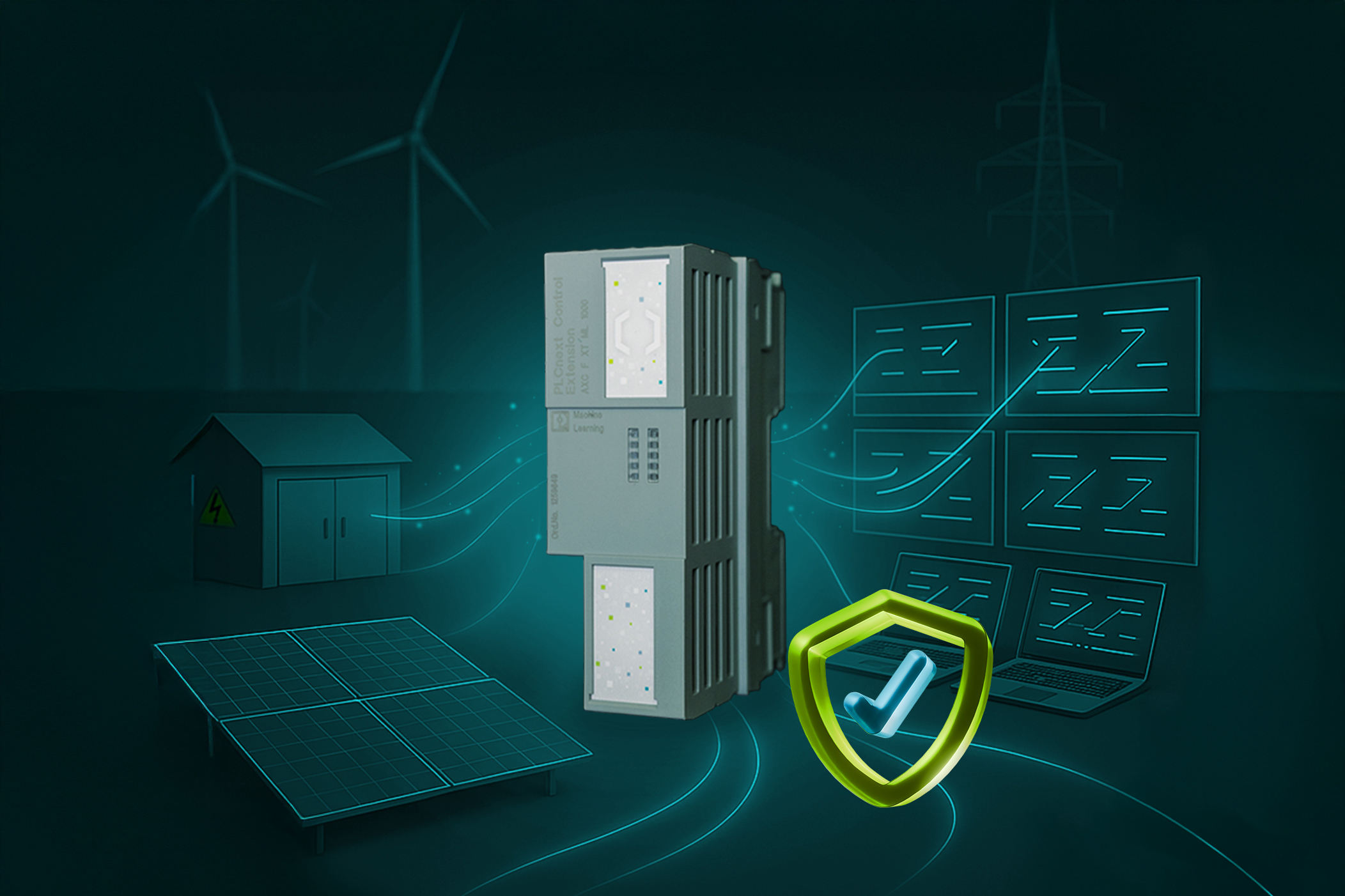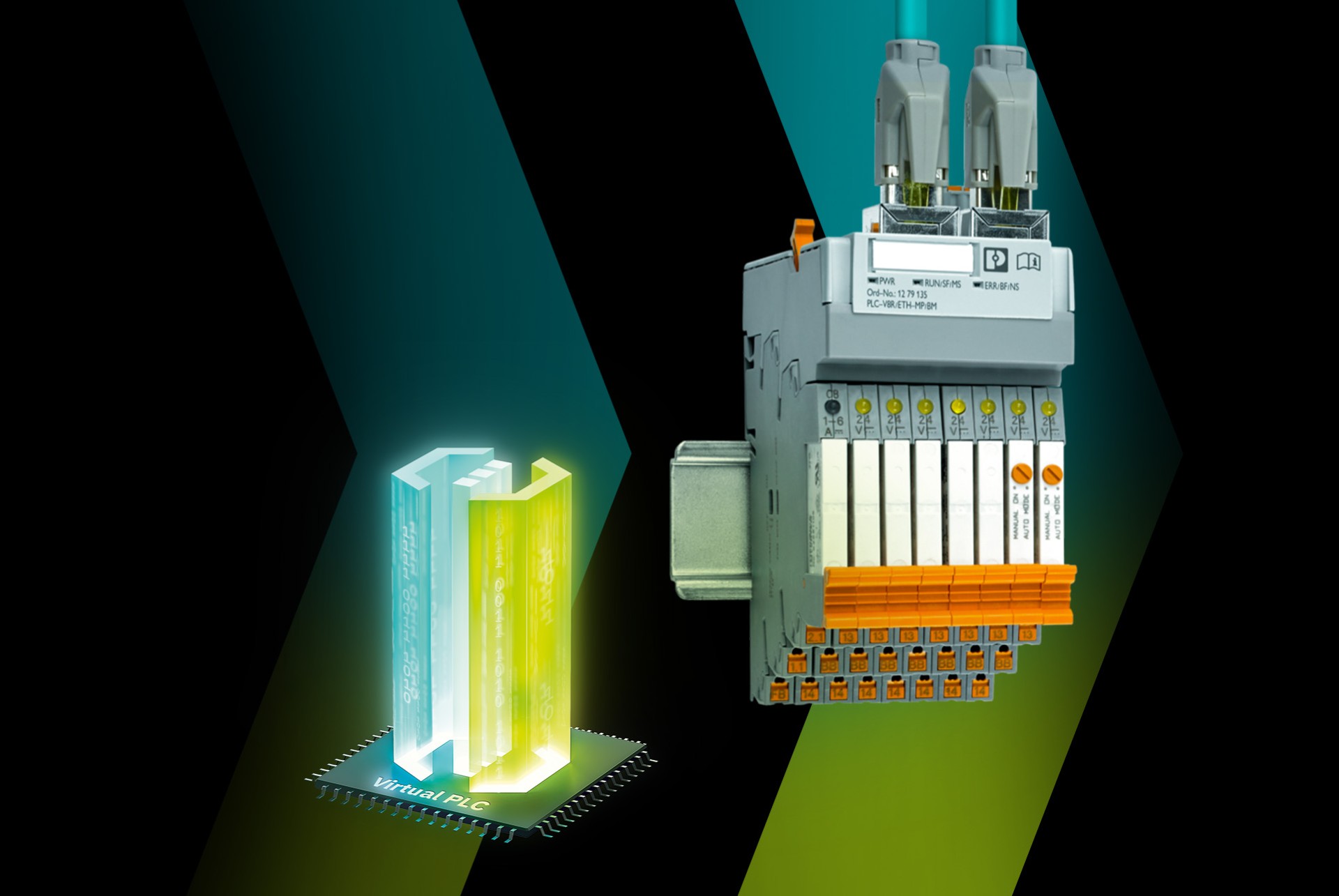This is my archive
Data classification & protection needs The central task for a threat-risk-assessment is the classification of data which is stored/processed in a zone and transmitted between zones via conduits. This classification is done in two steps: Identification of the data available in your system. Classification of… Read More
VPN Via open Internet connections, criminals can copy data or make changes to the system. Using firewalls, the access to automation systems from the external networks can be restricted to authorized connections. In addition, remote connections via the Internet should always be encrypted, for example via a virtual private… Read More
Checksums and signatures Checksums Checksums indicate the integrity of data thus allowing (accidental) modification detection. By verifying checksums, manipulations and data corruption can be detected. Checksums are calculated over valid, verified and non-corrupted data. When calculating the checksum again with the same algorithm (e.g., after a… Read More
Passwords Each (human) user of a system component needs to be identified and authenticated for all access. For that purpose, passwords can be used. Further authentication methods can be, for example, biometrics (e.g. finger print scanner, face recognition), tokens, physical keys, key cards or evaluating the geographic location of… Read More
Phoenix Contact industrial security guideline Introduction The increasing interconnection of systems, components, and devices as well as the growing amount of data to be transmitted and stored (in a word: the achievements of Industry 4.0) result in a higher risk of cyber attacks. This is also promoted… Read More
Data backup and restore General considerations on data backups Data loss may not be the result of careless or erroneous actions of authorized users or defects in storage media alone, but may also be the consequence of malicious deletion or encryption of your data by unauthorized intruders. Read More
Zones and conduits (with protection needs analysis) What is a zone? A complete plant is difficult to grasp or categorize in terms of possible threats and necessary security measures. For this reason, the IEC 62443 standard divides a complete system into so-called zones. In terms of the standard,… Read More
IT and OT/ICS: a comparison Note: The abbreviation ICS stands for Industrial Control System. With regard to security, a distinction must be made between different types of technology or networks: IT Information Technology Office (accounting, sales, management, …). Here, the ISO 27001 standard for the plant owner… Read More
Foundational requirements (FR) and system requirements (SR) Foundational requirements (FR) The IEC 62443 standard defines seven foundational requirements (FR). These are basic requirements regarding the security of an ICS. They are addressed to all stakeholders of a plant and used throughout the standard. FR1: Identification and authentication… Read More
Certificates What are certificates used for? Certificates can be used for the following: Securing communication connections between participants in your ICS. Participants can be, for example: Devices used to build automation infrastructures and systems (such as PLCnext Technology controllers, switches, etc.). Server and client… Read More



